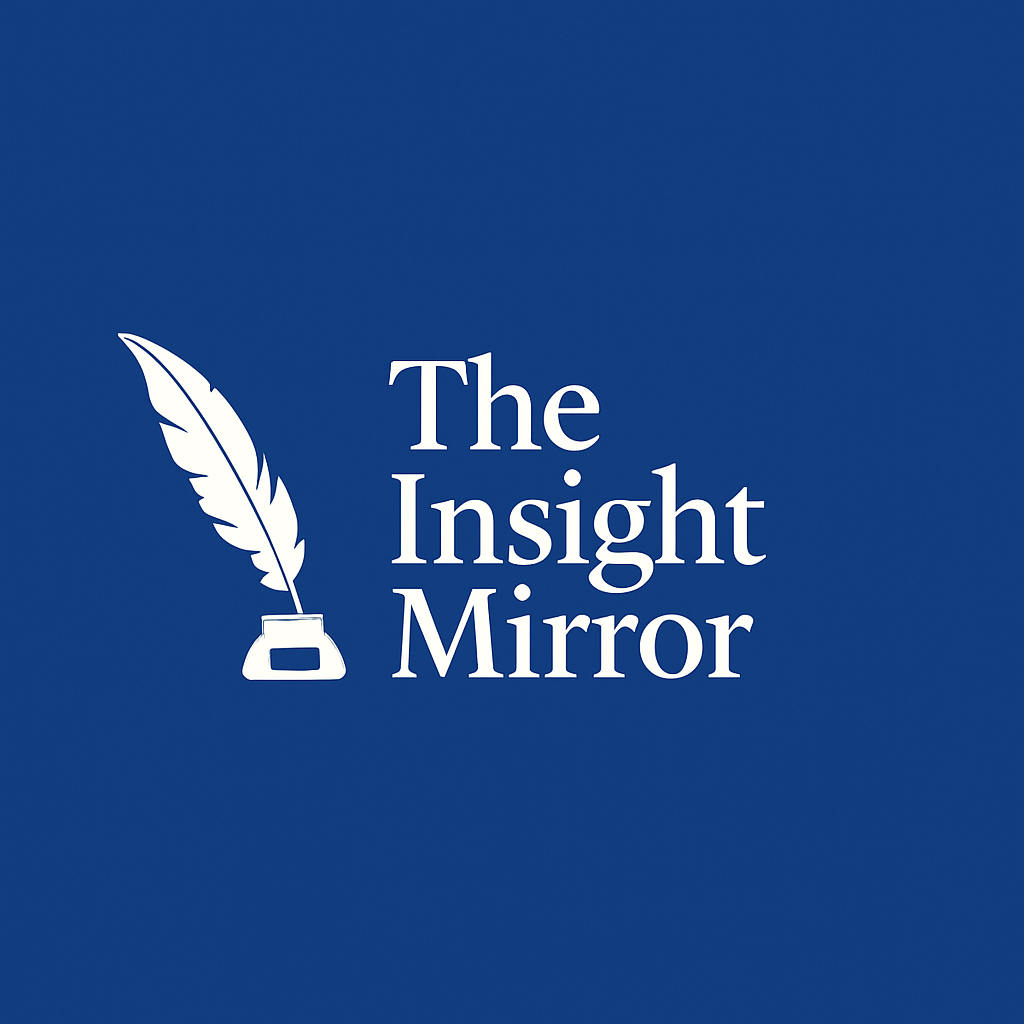In a world increasingly dominated by artificial intelligence, one of the most pressing philosophical and practical questions of our time is: Are we losing our creativity to AI? With tools like ChatGPT writing articles, Midjourney generating artwork, and even AI composing music or editing videos, the concern is no longer theoretical. It is happening right now, across industries, educational institutions, and even in our personal lives.
This article explores the relationship between human creativity and artificial intelligence in 2025, offering a balanced, in-depth analysis of how AI impacts our originality, imagination, and self-expression.
Understanding Creativity: Human vs. Machine
Creativity is the ability to generate novel and useful ideas. It stems from personal experience, emotional depth, cultural context, and intuition — traits that are inherently human. While AI can mimic creativity by producing content, it does so based on patterns, not inspiration.
AI is trained on massive datasets and works by identifying patterns, recombining ideas, and generating outputs that appear creative. However, AI does not “feel,” nor does it truly understand the context in which its creations are used. That distinction is essential.
A human artist may paint a stormy sea based on a life-changing sailing trip, using abstract brush strokes to express inner turmoil. An AI model like DALL•E or Midjourney can replicate the aesthetics but not the underlying emotion.
The Rise of Generative AI Tools
The emergence of tools like ChatGPT, Jasper AI, DALL•E, Midjourney, and Adobe Firefly has revolutionized how we create content. These tools can:
- Write essays, scripts, and poems
- Design logos and marketing banners
- Generate music and video content
While this accessibility is democratizing creativity, it also poses a significant challenge: Is it making us lazy thinkers?
Marketing teams are using AI to write copy within seconds. While it boosts productivity, over-reliance can diminish the brainstorming process — once the most valuable part of creative collaboration.
AI and the Education System: A Double-Edged Sword
In schools and universities, students now use AI to write assignments, solve math problems, and generate ideas for presentations. While these tools can support learning, they also risk short-circuiting the development of critical thinking and problem-solving skills.
A 2024 survey in the U.S. found that over 50% of high school students admitted to using AI to write at least one full essay. Many teachers noticed a decline in originality and depth in submitted work.
Question: Are students learning to write, or learning to prompt an AI?
Creativity in the Workplace: Enhanced or Replaced?
Creativity is not limited to art. In business, problem-solving, innovation, product design, and strategic thinking all involve creative input. AI tools are now used to create pitch decks, summarize meetings, and even brainstorm product names.
A startup founder used ChatGPT to generate 50 potential brand names in minutes. Impressive? Yes. But none of the names resonated deeply until a human team member tweaked one based on cultural nuance and customer emotion — something AI had missed.
This shows that AI enhances creative processes but still relies on human oversight for quality, emotional connection, and originality.
The Psychological Impact: Are We Losing Confidence?
As AI becomes more proficient, many creatives experience what psychologists call “creative insecurity.” The thought that a machine can draw better, write faster, or compose more music than them leads to fear and self-doubt.
Personal Account: A freelance illustrator shared on Reddit how she lost motivation to draw after clients started using Midjourney instead of hiring her. She felt defeated, though her work had more personality and narrative depth than any AI image.
But Wait: AI Can Inspire Creativity Too
The narrative isn’t entirely bleak. When used wisely, AI can actually fuel creativity. It can:
- Generate rough drafts quickly
- Offer unique perspectives
- Save time on repetitive tasks, leaving more room for deep thinking
A YouTuber uses AI to generate video scripts quickly, but always rewrites them to add personal stories and emotional nuance. This hybrid approach keeps the workflow efficient while preserving authenticity.
In this light, AI becomes a creative collaborator, not a replacement.
Creativity as a Human Legacy
Creativity is one of the last frontiers where humans have a unique edge. Emotions, ethical judgment, humor, sarcasm, empathy — these are difficult, if not impossible, for AI to replicate fully.
Philosophical Insight: When a human writes a poem about heartbreak, it’s not just a string of metaphors — it’s a reflection of lived experience. When an AI does it, it’s a remix of patterns in a database.
This is why audiences still connect more with human-made stories, music, and art.
The Future: Finding the Balance
So, are we truly losing our creativity to AI? Not necessarily. What we are facing is a paradigm shift:
- Creativity is evolving, not disappearing.
- The definition of creativity is expanding to include human-AI collaboration.
- The challenge now is how we maintain originality, ethics, and emotional depth in a world of automated content.
Practical Advice:
- Use AI as a tool, not a crutch
- Always add your personal voice and experience
- Don’t fear AI — learn to work alongside it
At the end
Artificial intelligence is transforming the creative landscape in unprecedented ways. But creativity is not just about producing outputs; it’s about meaning, emotion, and connection — things that remain uniquely human.
We are not losing our creativity to AI unless we surrender it. Instead of fearing AI, we must focus on cultivating our human edge — our intuition, empathy, and life experience — while leveraging AI to elevate our creative potential.
In the end, the question is not “Can AI be creative?” but “Can we remain creative in an AI-driven world?” The answer depends on us.








